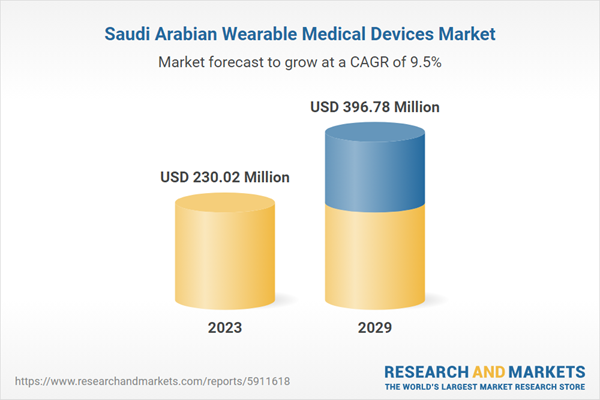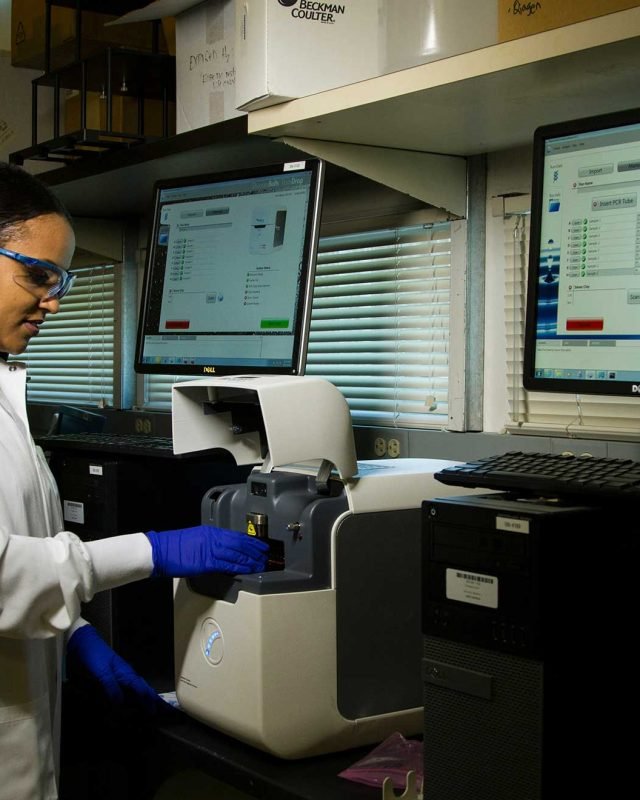Wearable Health Technology in Saudi Arabia: A New Era of Healthcare
In recent years, wearable health technology has gained significant traction in Saudi Arabia, revolutionizing how both patients and healthcare providers manage and monitor health metrics. According to research, the wearable health technology market in Saudi Arabia is projected to grow from USD 230.02 Million in 2023 to USD 396.78 Million by 2029, at a CAGR of 9.47%. By integrating advanced digital health tools with everyday life, wearable devices empower individuals to take a proactive approach to their health and well-being.
What is Wearable Health Technology?
Wearable health technology encompasses a variety of smart devices designed to be worn on the body, such as smartwatches, fitness trackers, and patches. These devices can monitor various health metrics in real-time, providing invaluable data that can be shared with healthcare providers for better care management. In Saudi Arabia, the adoption of such technologies is rapidly increasing, driven by the government’s initiatives to modernize healthcare infrastructure and the growing awareness of preventive care.
Also Read: How to Choose the Right Medical Devices Distributor in Saudi Arabia
Market Size and Trends
The wearable health technology market in Saudi Arabia was valued at USD 230.02 million in 2023 and is expected to reach USD 396.78 million by 2029, growing at a compound annual growth rate (CAGR) of 9.47%. Several key factors are driving this market expansion:

- Rising Prevalence of Chronic Diseases: Wearable devices are being utilized for continuous health monitoring for conditions like diabetes and cardiovascular issues.
- Technological Advancements: Innovations in sensors and connectivity boost the functionality and appeal of wearable medical devices.
- Health Awareness: Increased preventive care and health consciousness amongst individuals.
- Government Initiatives: Supportive policies and investments in digital health infrastructure, such as the Vision 2030 project.
Examples of Wearable Health Technology in Saudi Arabia
1. Smartwatches
Smartwatches like the Apple Watch and Samsung Galaxy Watch are popular among consumers for their ability to monitor heart rate, physical activity, and overall fitness levels. These devices not only help users track their daily activities but also alert them to irregularities in their health metrics, prompting timely medical consultations.
2. Fitness Trackers
Fitness trackers such as Fitbit and Garmin devices are widely used to monitor steps, sleep patterns, and other vital signs. These wearables are particularly useful for individuals looking to maintain or improve their fitness levels, providing real-time feedback and motivation to stay active.
3. Medical Patches
Medical patches, such as continuous glucose monitors (CGMs) for diabetic patients, offer a non-invasive way to monitor blood sugar levels throughout the day. These devices transmit data directly to a smartphone app, enabling users to manage their condition more effectively and reducing the need for frequent blood tests.
4. Smart Clothing
Smart clothing incorporates sensors into everyday garments to monitor vital signs and physical activity. These wearable devices are especially beneficial for athletes and patients undergoing physical rehabilitation, providing detailed insights into their performance and recovery.
Empowering Patients and Doctors
1. Continuous Monitoring
For patients with chronic conditions like diabetes or heart disease, continuous monitoring is crucial. Wearable devices provide real-time insights into their health metrics, allowing for early detection of potential issues and timely interventions. For example, wearable ECG monitors can track heart health continuously, alerting both the patient and their healthcare provider to any irregularities that may require attention.
2. Improved Patient Engagement
Wearable health technology fosters better engagement between patients and their healthcare providers. By providing users with real-time data on their health status, these devices encourage individuals to take a more active role in managing their health. Patients can easily share their health metrics with their doctors, allowing for more informed and personalized care plans.
3. Enhanced Doctor-Patient Collaboration
The integration of wearable health technology with electronic health records (EHRs) creates a seamless flow of information between patients and healthcare providers. Doctors can access up-to-date health data, monitor trends over time, and make data-driven decisions to optimize treatment plans. This collaboration enhances the overall quality of care, ensuring that patients receive the most appropriate and effective interventions.
4. Remote Monitoring
Wearable health technology enables remote monitoring, which is particularly beneficial in rural areas with limited access to healthcare facilities. Physicians can monitor patients’ vital signs and health metrics from a distance, reducing the need for frequent in-person visits. This not only improves access to care but also helps in managing patient loads more efficiently. The Ministry of Health’s initiative to privatize 290 hospitals and 2,300 healthcare institutions further supports this push toward digital health solutions.
The Future of Wearable HealthTech in Saudi Arabia
The rise of wearable health technology in Saudi Arabia marks a significant advancement in healthcare. By empowering patients with real-time health data and facilitating better communication between patients and doctors, these devices are transforming the way health is monitored and managed. As technology continues to evolve, the potential for wearable health tech to improve health outcomes and enhance the quality of care will only grow.




